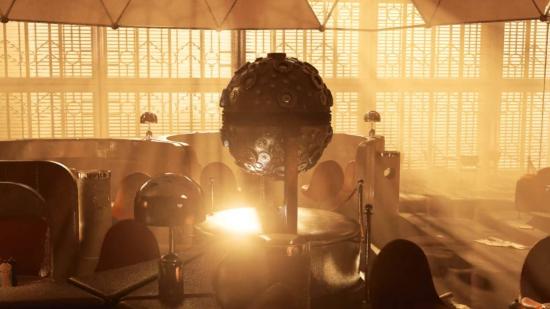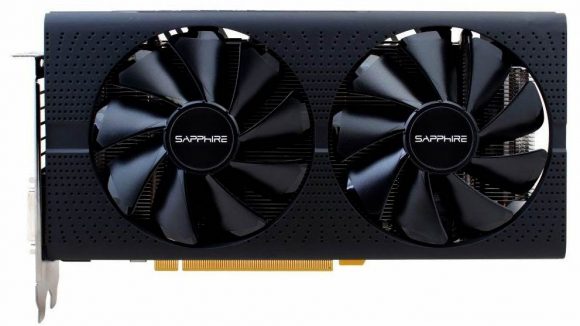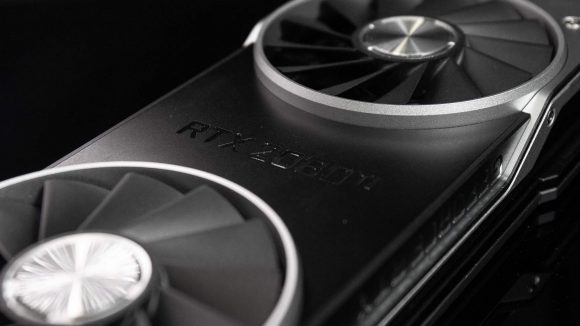A recent interview with AMD’s David Wang has highlighted the company’s stance on ray tracing, suggesting it will only be a viable proposition for gamers once it’s possible to use the technology on every level of graphics card in its stack.
He was recently speaking with 4gamer.net around the latest 7nm Vega announcements and, while he wouldn’t be drawn on any future graphics card speculation, he did take time to talk about AMD’s thoughts on ray tracing in light of the potentially imminent release of the Microsoft DirectX Raytracing (DXR) API update to DirectX 12.
DXR is set to arrive with the next big Windows update. Yes, the one that was meant to have appeared in October but proceeded to eat people’s data and so couldn’t be trusted out on its own anymore. The update will bring ray tracing to DirectX 12, and that is what the RTX 20-series cards, such as the RTX 2080 Ti, RTX 2080, and RTX 2070, will use to get its ray trace on with Shadow of the Tomb Raider and Battlefield 5. Eventually.
The translated 4gamer.net report has David Wang, the Radeon Technology Group’s SVP of engineering, explaining that while AMD is definitely happy to support what ray tracing can, and is, bringing to the graphics industry as a whole, it’s just not ready for games.
“AMD will definitely respond to DirectX Raytracing,” he says. “For the moment we will focus on promoting the speed-up of offline CG production environments centered on AMD’s Radeon ProRender, which is offered free of charge.
“Utilisation of ray tracing games will not proceed unless we can offer ray tracing in all product ranges from low end to high end.”
So that’s a yay for the professional folk working in computer graphics, but a boo for anyone wanting DXR support in their games. Well, it’s already a mild boo because of the Microsoft update debacle, but you know what we mean…
It’s a pretty sensible approach, if we’re honest. Nvidia is only really dropping ray tracing support into this generation because its very best Turing GPUs are just about capable of real-time, hybrid ray tracing at 1080p, and it doesn’t really matter if the RTX side of the equation is a bust this time around. It doesn’t have any real gaming competition on the traditional rasterised rendering side.
So, with Nvidia happy to take the hit on getting the first generation of ray tracing faltering like a baby deer out into the world, AMD can sit back and take a more measured approach. And making sure it can support DXR across everything it releases to gamers in the future makes sense.
But that probably means the AMD Navi GPU is not going to start the ball rolling on Radeon ray tracing support for the next generation of graphics cards, so we wouldn’t expect anything DXR-supporting until 2020 at least.


